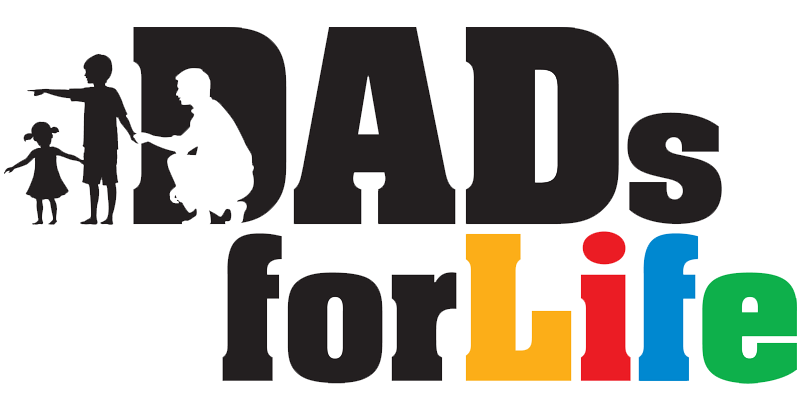The following is an abstract of the uniqueness of the child-father attachment relationship: Father’s sensitive and challenging play as a pivotal variable in a 16-year longitudinal study. Social Development, 11(3), 307-331 by Grossmann, K., Grossmann, K. E., Fremmer-Bombik, E., Kindler, H. , Scheuerer-Englisch, H. , & Zimmermann, P. (2002).
Background
 Psychologist John Bowlby believed that the earliest bonds formed by children with their caregivers have a tremendous impact that continues throughout life. Much of the attachment theory research supported the idea that mothers who are available and responsive to their infant’s needs establish the infant’s sense of security to form future relationships and exploration of the world.
Psychologist John Bowlby believed that the earliest bonds formed by children with their caregivers have a tremendous impact that continues throughout life. Much of the attachment theory research supported the idea that mothers who are available and responsive to their infant’s needs establish the infant’s sense of security to form future relationships and exploration of the world.
While there is established evidence of the importance of infant-father attachment relationship, many studies have looked, often in vain, for parallels to maternal tender loving care when searching for the origins of infant-father attachment security. It was concluded that the effects of father-infant attachment are either more complex than expected, or that the collective results need further exploration.
In most cultures, mothers are involved in the physical care and are responsible for the children’s health, while fathers mostly engaged their children in play. Studies suggested that the accessibility of the father, his positive engagement and supportive involvement, and his warmth and closeness to the child are critical behavioural dimensions in the father-child relationship. In view of the ecology of fathering, fathers play an especially salient role in supporting the exploratory side of the child’s attachment development as well as providing psychological security during joint explorations and play.
Objectives
This objective of this study was to find out which aspect of the toddler-father interactions and which aspect of the toddler-mother interactions would relate to their children’s later attachment security.
Methodology
• Participants
Forty-nine families in Germany participated in the study. Half of the infants were first-born. Mean age of fathers at the time of birth was 29.6 years and mean age of mothers was 26.3 years.
• Procedures and Measures
The following measures were taken over 16 years, starting from the child’s birth.
| Child’s age | What was measured |
| At birth | Father’s presence at birth |
| 1 year old | Ratings of father’s sensitive responsiveness (how sensitive the father was in response to the child’s communication)Scorings of fathers’ involvement; ratings of reported fathers’ play qualityRatings of maternal sensitivity (how sensitive the mother was in response to the child’s communication) |
| 1-1.5 years old | Classification of infant-father and infant-mother quality of attachment |
| 2 years old | Ratings of fathers’ and mothers’ sensitive and challenging interactive play |
| 6 years old | Ratings of fathers’ and mothers’ play sensitivityRatings of children’s security representation (secure vs insecure)Classification of fathers’ and mothers’ attachment representation (valuing/secure vs devaluing/insecure) |
| 10 years old | Children’s attachment representation |
| 16 years old | Adolescents’ attachment representation |
• Significant findings
- Fathers’ presence at birth, when their attendance was optional, predicted fathers’ play sensitivity and indicated the value they placed on attachment relationships
- Fathers who valued attachments were more involved in infancy, had higher sensitive and challenging interactive play (SCIP) scores and were more likely to have secure infants. Mothers who valued attachments were more sensitive during infants’ first year of life and were more likely to have secure infants.
- Mothers’ sensitivity during the first year predicted the quality of infant-mother attachment at one year.
- Observed fathers’ play sensitivity was consistent from 2 to 6 years old, but mothers’ play sensitivity was not stable in the four years.
- The qualities of the infant-mother and infant-father attachments predicted the children’s security score at age 6.
- The infant-mother quality of attachment and the fathers’ SCIP scores predicted the children’s security at age 10.
- Only the fathers’ SCIP scores predicted the children’s security at age 16.
Implications
The meaning of sensitive and challenging interactive play for the child-father attachment relationship
- Fathers’ play sensitivity seems to be as much a part of the child-father attachment system as the maternal caregiving sensitivity system if attachment is conceived as a balance between the infants’ attachment and exploratory behaviours.
- It seems that when children reach toddlerhood, fathers’ play sensitivity (i.e. being supportive and gently challenging) has a longitudinal effect on the children’s attachment, as found in this study.
The complementary roles of fathers and mothers for their children’s attachment development
- At age 10, children’s reported attachment behaviour strategies when feeling sad, angry or upset were predicted by quality of infant attachment to mother and by father’s play sensitivity eight years earlier. This finding suggests that the contribution of mothers and fathers to the child’s attachment development might be different and complementary depending on the role each parent plays in the socialisation of their children for a given culture.
- Fathers might contribute mainly by providing sensitive support during exploratory play of their toddlers whereas mother as primary caregivers might contribute mainly by providing comfort when the child is in distress.
- Parental sensitivity to children’s exploratory behaviours increases the opportunity for the child to concentrate, follow his/her curiosity, and master new skills in an emotionally unimpaired way.
References:
1. Grossmann, K., Grossmann, K. E., Fremmer-Bombik, E., Kindler, H. , Scheuerer-Englisch, H. , & Zimmermann, P. (2002). The uniqueness of the child-father attachment relationship: Father’s sensitive and challenging play as a pivotal variable in a 16-year longitudinal study. Social Development, 11(3), 307-331.
About the Author: The Dads for Life Resource Team comprises local content writers and experts, including psychologists, counsellors, educators and social service professionals, dedicated to developing useful resources for dads.
First published on 23-05-2011.
